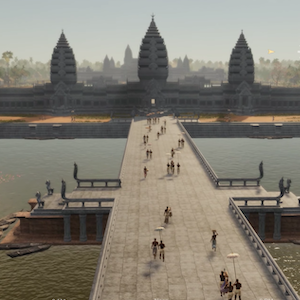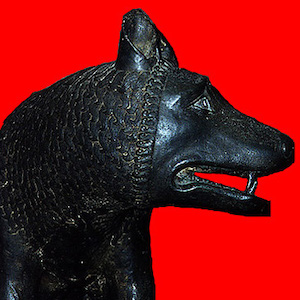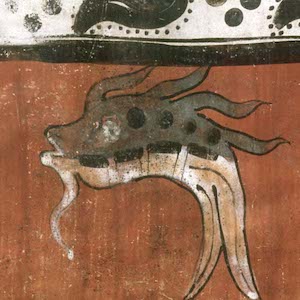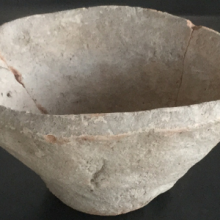Browse
Archaeology

Review
Virtual Angkor
The curated videos alone would be an engaging resource for teaching the history of Angkor, but the site goes further by providing three well designed teaching modules that make use of the sites' resources to explore scholarly themes.
Review
LacusCurtius: Into the Roman World
Initiated in 1995, this site has developed into an impressive array of primary and secondary resources on ancient Rome
Review
Electronic Text Corpus of Sumerian Literature
the collection is arguably made more valuable and useful by its focus on a limited cultural and historical context and by its presentation of texts that are less well known and more difficult to locate.
Review
Vindolanda Tablets Online
This website offers a complete archive of the tablets including text images, transliterated texts, English translations, historical and archaeological background, and student exercises.
Review
New York Public Library Digital Collections
The NYPL Digital Collection provides access to over 755,000 images digitized from primary sources and printed rarities, including illuminated manuscripts, vintage posters, illustrated books, and printed ephemera.
Review
A PreColumbian Portfolio: An Archive of Photographs
Each database record includes a caption, a brief (about 20-word) description, and information on the culture associated with the artifact, such as Maya, Olmec, or Zapotec.
Review
Maya Vase Database: An Archive of Rollout Photographs
The vases include scenes of palace life, mythology, warfare, and animals.Source
Mourning Rituals for Deceased Children
This moving tribute, carved in the stone of an elaborate shrine, honored a five-year-old boy who died in 170 CE.

Teaching
Short Teaching Module: Bevel-Rimmed Bowls
The main point in discussing bevel-rimmed bowls in the classroom is that artifacts are as useful as texts in researching ancient societies.

Source
Bevel-Rimmed Bowl
This is a Uruk period bevel-rimmed bowl from Habuba Kabira South, now present-day Syria. This bowl was most likely made between 3400 and 3200 BCE. These kinds of bowls can be found along the Tigris and Euphrates Rivers into central Syria and Anatolia, and eastward into Iran.